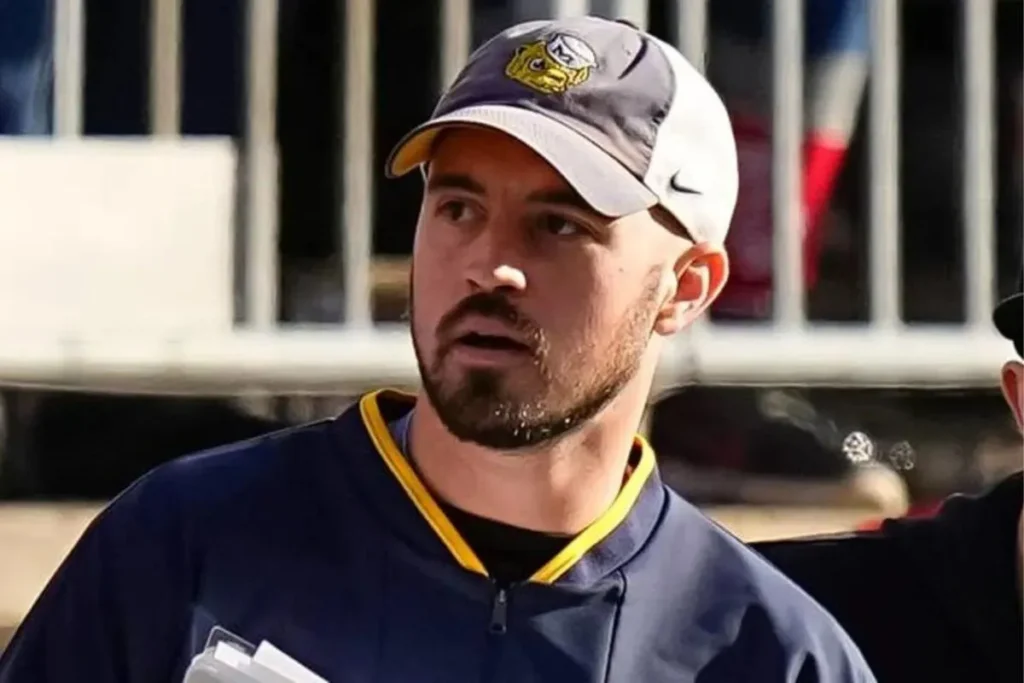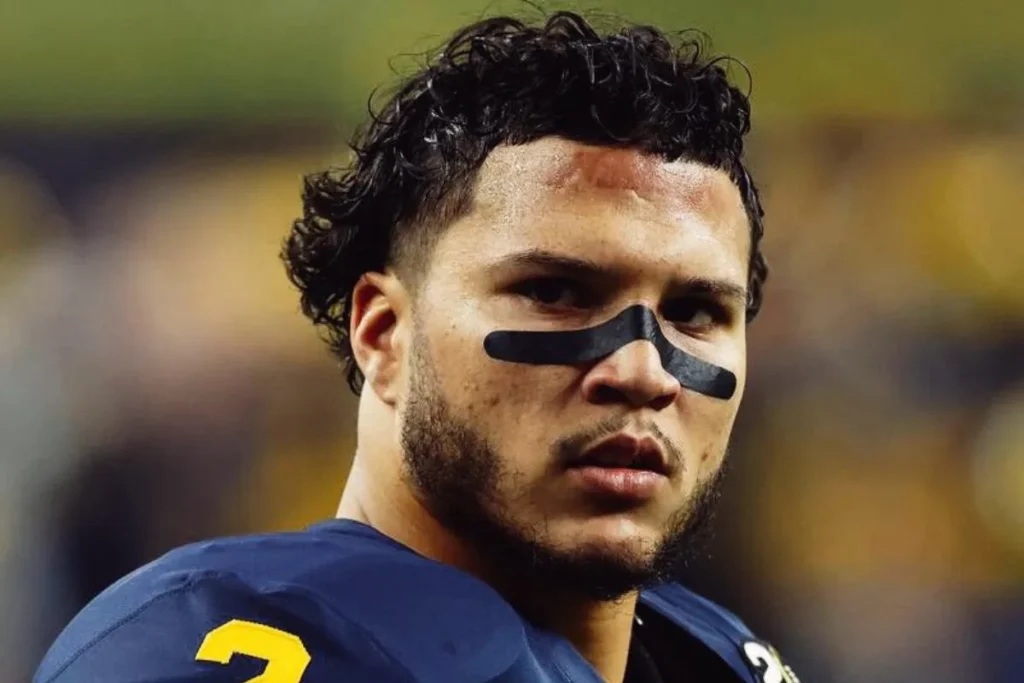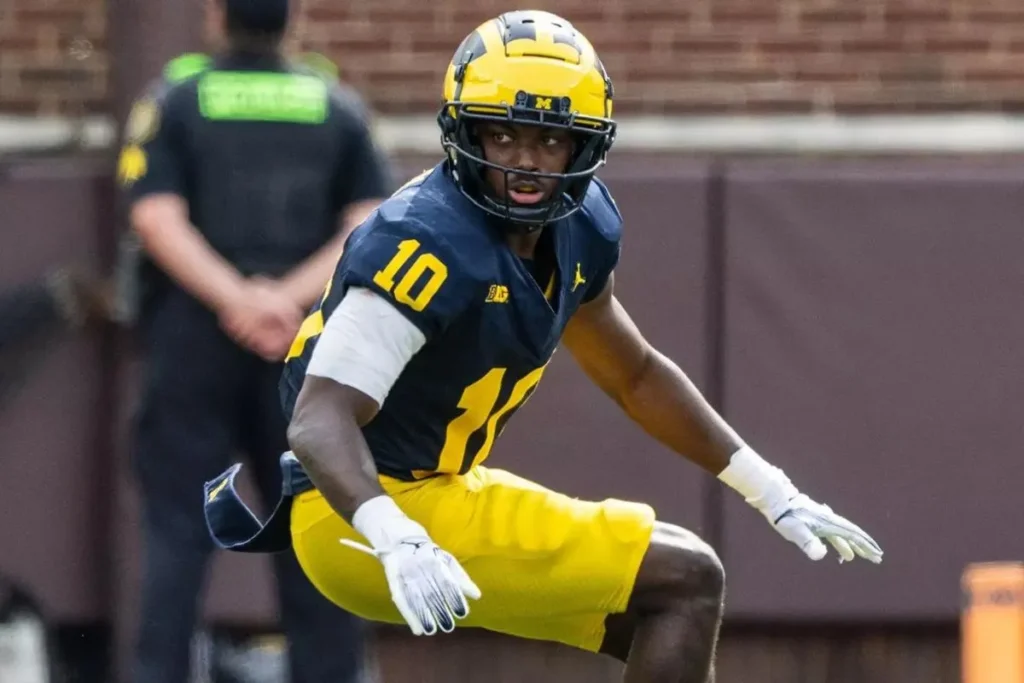
In a tale of technological intrigue and strategic maneuvering, the saga of Connor Stalions not only rocked the foundations of NCAA football but also catalyzed a pivotal shift in how the game communicates—literally and figuratively. This story, part investigative drama and part tech evolution, centers on the allegations against Stalions, a Michigan staffer implicated in orchestrating an elaborate signal-stealing system.
The Backdrop: A Controversial Strategy
According to multiple reports, including a detailed exposé by ESPN and further revelations in The Washington Post, Stalions was accused of being the mastermind behind a scheme to videotape opposing teams’ signals. Over three years, he allegedly orchestrated the purchase of tickets to over 30 games and deployed scouts to film the sidelines of future opponents, violating NCAA rules that expressly prohibit recording opponents’ signals through audio or video means.
This operation, which reportedly cost over $15,000 and involved games against teams scheduled to play Michigan, was exposed through social media leaks and public records of ticket purchases. The reaction was swift and widespread, drawing the ire of fans and officials alike, and culminating in a flurry of scrutiny that placed Stalions at the center of a nationwide controversy.
The Shift to Helmet Communication
As the NCAA grappled with the implications of this scandal, the broader conversation shifted to the vulnerabilities in traditional methods of in-game communication. It became painfully clear that the age-old practice of signal calling via hand signs was not only susceptible to interception but was also outdated in the era of advanced technology.
Enter the NCAA’s Playing Rules Oversight Panel, which, in a decisive move, approved the use of helmet communication for Football Bowl Subdivision (FBS) games. This rule change allowed coaches to communicate directly with one player on the field through a helmet equipped with a communication device, marked by a green dot. Such a system had been trialed during bowl seasons but is now an option for every game in the top division of college football.
News: The use of helmet communication and sideline tablets in the FBS, as well as a two-minute warning were officially approved by the NCAA Playing Rules Oversight Panel on Friday.
— The Athletic (@TheAthletic) April 19, 2024
More from @ChrisVannini ⤵️https://t.co/udnJfe1rDe
This new system closely mirrors the NFL’s established practice and addresses multiple concerns:
- Security: Direct helmet communication significantly reduces the risk of signal theft.
- Efficiency: Coaches can relay plays directly to the quarterback, streamlining play-calling.
- Adaptation: The system shuts off with 15 seconds left on the play clock or at the snap, maintaining the game’s integrity and spontaneity.
The adoption of this technology was not without its hurdles, with issues like cost, logistics, and the liability of modified helmets initially slowing its acceptance. However, the Stalions incident undeniably accelerated the NCAA’s move towards integrating more secure and technologically advanced systems in the game.
Broader Implications and Future Directions
The transition to helmet communications is just the beginning. The NCAA has also expanded the use of technology on the sidelines by allowing teams to use up to 18 tablets for viewing in-game video, though these devices are strictly regulated to prevent any form of external communication.
These changes reflect a broader shift towards a more technologically savvy and secure football environment, nudged forward by the controversy surrounding Stalions. While the scandal highlighted vulnerabilities and sparked outrage, it also forced the NCAA to rethink and modernize its approach to game management and integrity.
Connor Stalions has left an indelible mark on college football. The rules and technologies being implemented today may well define the future of how the game is played and policed. In this context, the Stalions saga is not just a cautionary tale of oversight and rule enforcement but also a catalyst for innovation, pushing the sport into a new era where technology and tradition converge for the betterment of the game.
Stay up to date on all Michigan Football and Michigan Basketball content! Follow Wolverine Chronicle on X, Youtube, Tik Tok, Facebook, and Instagram!



